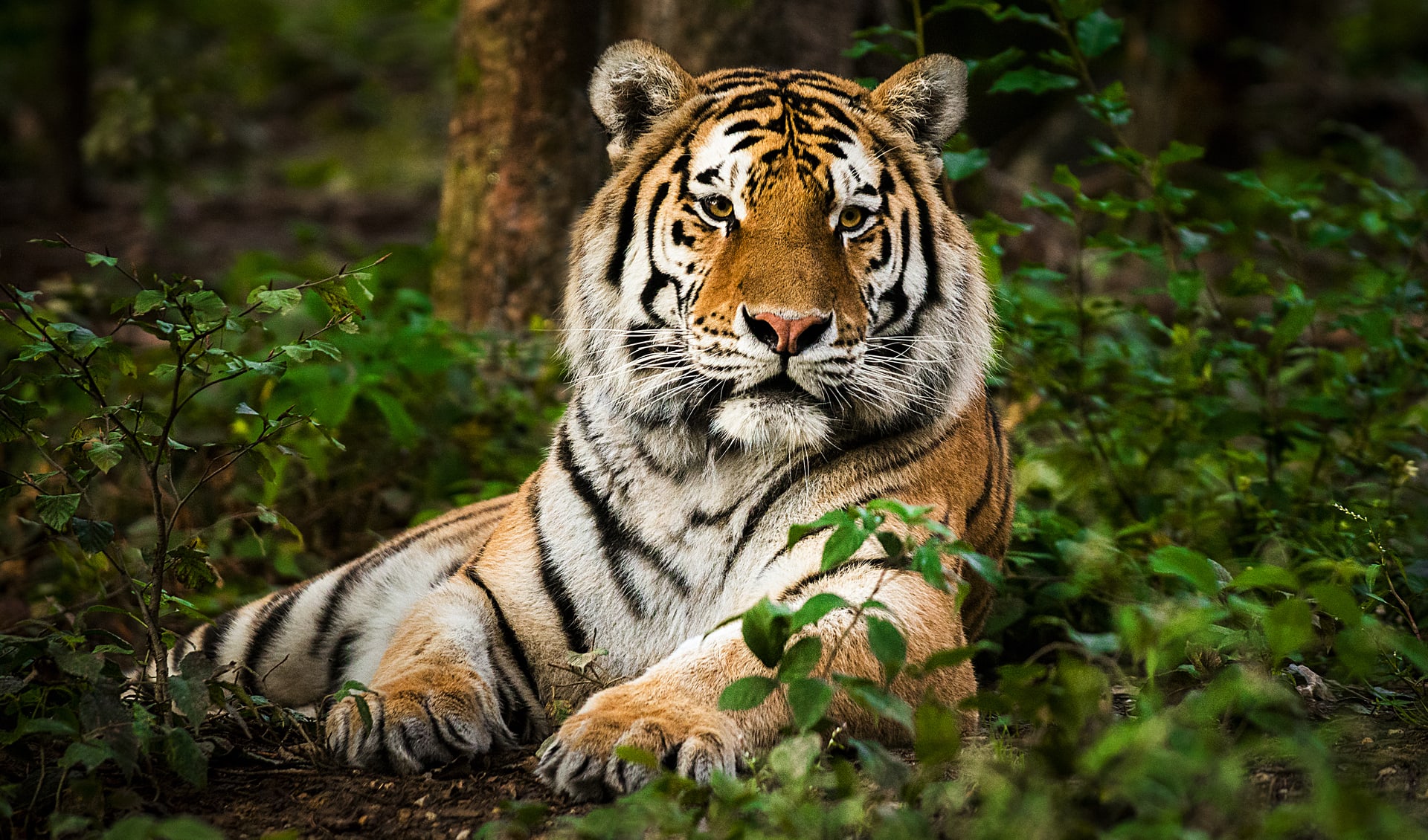These creatures are often referred to as “horned toads” or “horny toads” due to their rounded body shape and the presence of horn-like projections on their head, although they are not toads but rather lizards.
The appearance of the greater short-horned lizard is characterized by a flattened, round body that helps it blend into the ground. They have short, stubby horns, which are actually elongated scales, and these adorn the rear of the skull, forming a crown that can vary in number and size among individuals. Their coloration is highly variable and is typically influenced by the soil and vegetation of their native habitat; it can range from gray to yellowish or reddish-brown, which serves as excellent camouflage against predators.
One of the most striking features of the greater short-horned lizard is the two rows of sizable black dots or blotches that line its back. These markings are part of its unique patterning that helps it to remain unseen by both prey and predators.
As ectotherms, they are most active during the day when they can bask in the sun to raise their body temperatures. At night, they burrow into the soil to conserve heat and protect themselves from the cold and potential predators. Their diet consists largely of ants, making up to 90% of their intake, but they will also consume other types of insects and invertebrates.
When hunting, the greater short-horned lizard exhibits an ambush strategy. It remains still until an insect comes within range, then with remarkable speed, it darts out to capture its prey, swallowing it whole.
Distribution
 Canada
Canada Mexico
Mexico United States
United StatesAnything we've missed?
Help us improve this page by suggesting edits. Glory never dies!
Suggest an editGet to know me
Terrestrial / Aquatic
Altricial / Precocial
Polygamous / Monogamous
Dimorphic (size) / Monomorphic
Active: Diurnal / Nocturnal
Social behavior: Solitary / Pack / Herd
Diet: Carnivore / Herbivore / Omnivore / Piscivorous / Insectivore
Migratory: Yes / No
Domesticated: Yes / No
Dangerous: Yes / No




